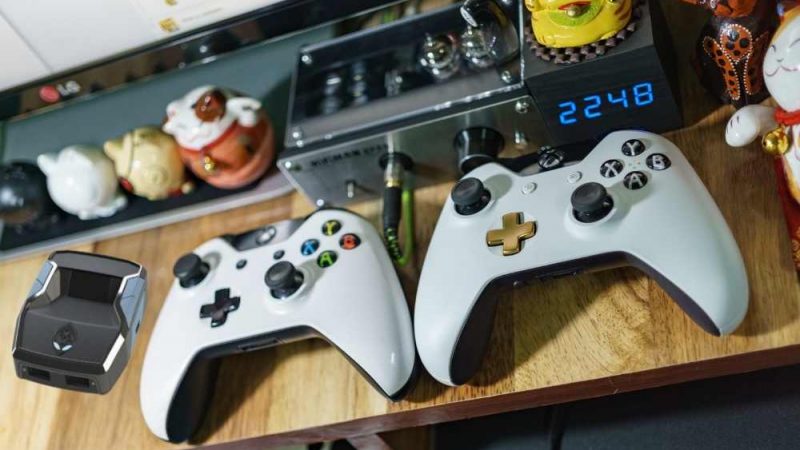What is the Millimeter Band, And How is it Connected to 6G?

The first millimetre 5G commercial mobile network in Spain was deployed at the Mobile World Congress, thanks to an agreement between Telefónica, Ericsson and Qualcomm. The fifth-generation network, which has been in Spain since 2019, might seem to be within our reach, but nothing is further from reality.
There is still a long way before network technology works at full capacity. Not only does 5G ‘stand alone’, that is, the native 5G architecture has time to be fully implemented, compared to the aggregation of 4G technology that we enjoy now, but also mmWave or millimetre band remains to be implemented.
What is the millimetre band?
The current connectivity infrastructure has certain limitations. We have all witnessed how the speed and quality of the connection worsen considerably in places with a high influx of people. Concerts, football matches, train stations or airports are great challenges for the network. If we also consider the internet of things and all the connected devices that will arrive, such as augmented and virtual reality, the problem worsens considerably.
Wifi, at the moment, is not the solution. How often have we tried to connect to a saturated network in a hotel or at an event, only to realize that it doesn’t work? In addition, we must consider that more and more extended reality, live streaming, autonomous cars, and online games require more and more capacity, not only in download but more in upload and latency, both network characteristics that suffer the most when they are saturated.
The high frequencies of the millimetre band allow for better service and latency, even when the network is saturated. Still, as a counterpart, they have a shorter range than the low frequencies of 5G, which is why they will be used in specific areas.
The goal is not to get full coverage but to solve the problem of network saturation in a specific area. This also supposes a new business model for the operators, who could offer this service for an additional cost, encouraging investment to accelerate.
We have been working with bands below 7GHz; the millimetre band goes from 24 GHz to 100 GHz. Governments worldwide have taken care to reorganize the allocation of frequencies to accommodate this technology. Philippe Poggianti points out that “in this way a great network capacity is suddenly released, it is as if on a train everyone was in a single wagon, and from one moment to the next, the entire train was available”.
Towns and AVE with good connection
Spain has been included, and in December of last year, the band between 25.10 and 27.50 GHz was reorganized and auctioned, divided between Orange, Vodafone and Telefonica.
Also, aid has been deployed to accelerate the deployment of the operators, not only of the advanced 5G that will arrive next year, but also the deployment in the railway networks; we all know how the network works on the AVE, and in populations of less of 5,000 inhabitants, thus breaking the digital divide in rural areas. Thanks to this technology, the connection will improve significantly.
We are increasingly connected, and we use services that require a better network, advanced 5G, and the millimetre band will leave us at the gates of 6G. Where is the limit?
Also Read: Significance of 5G





![Next Generation of Intel Laptop Processors [2025]](https://www.scrolltrendy.com/wp-content/uploads/2024/12/Intel-Laptop-Processors-2025.webp)
